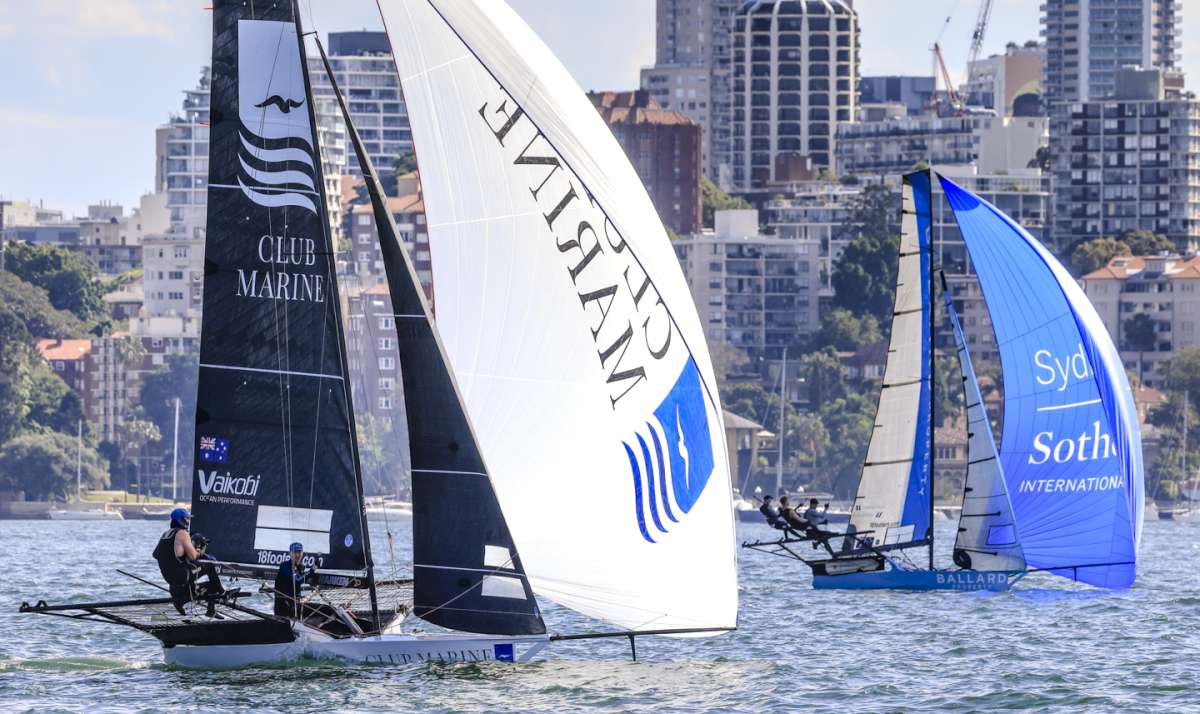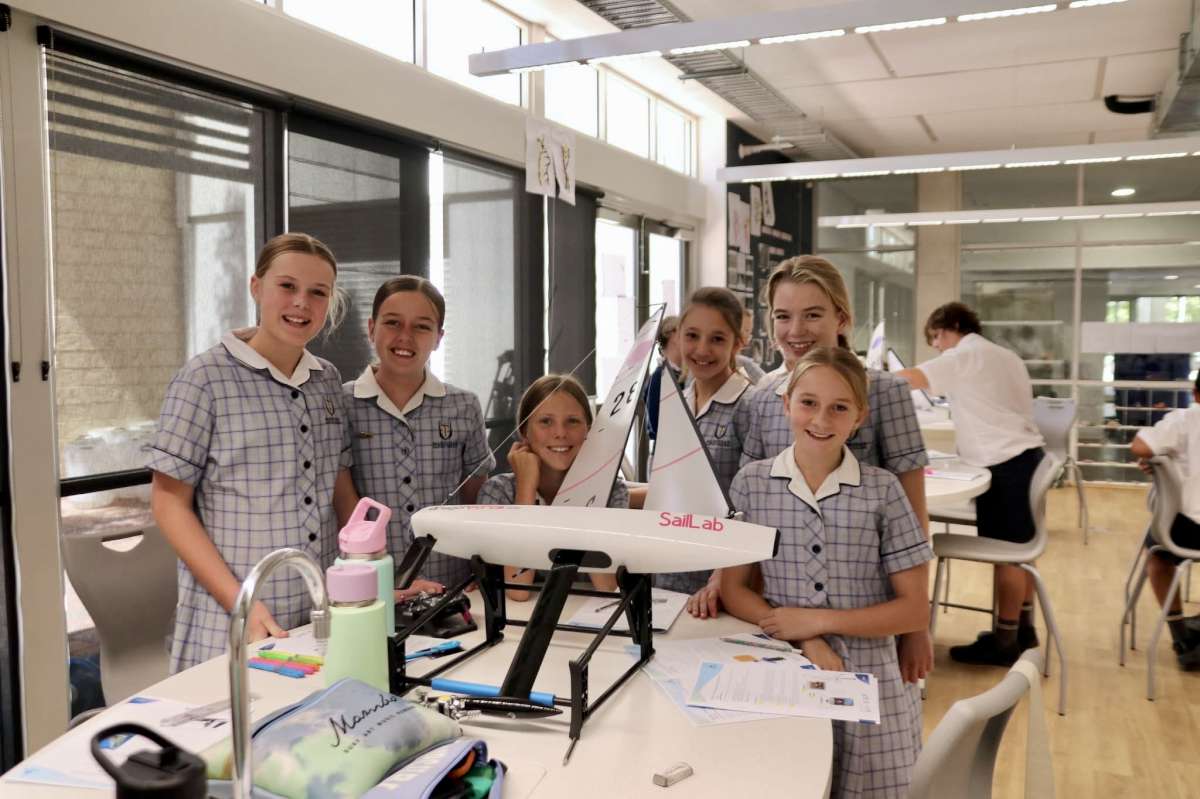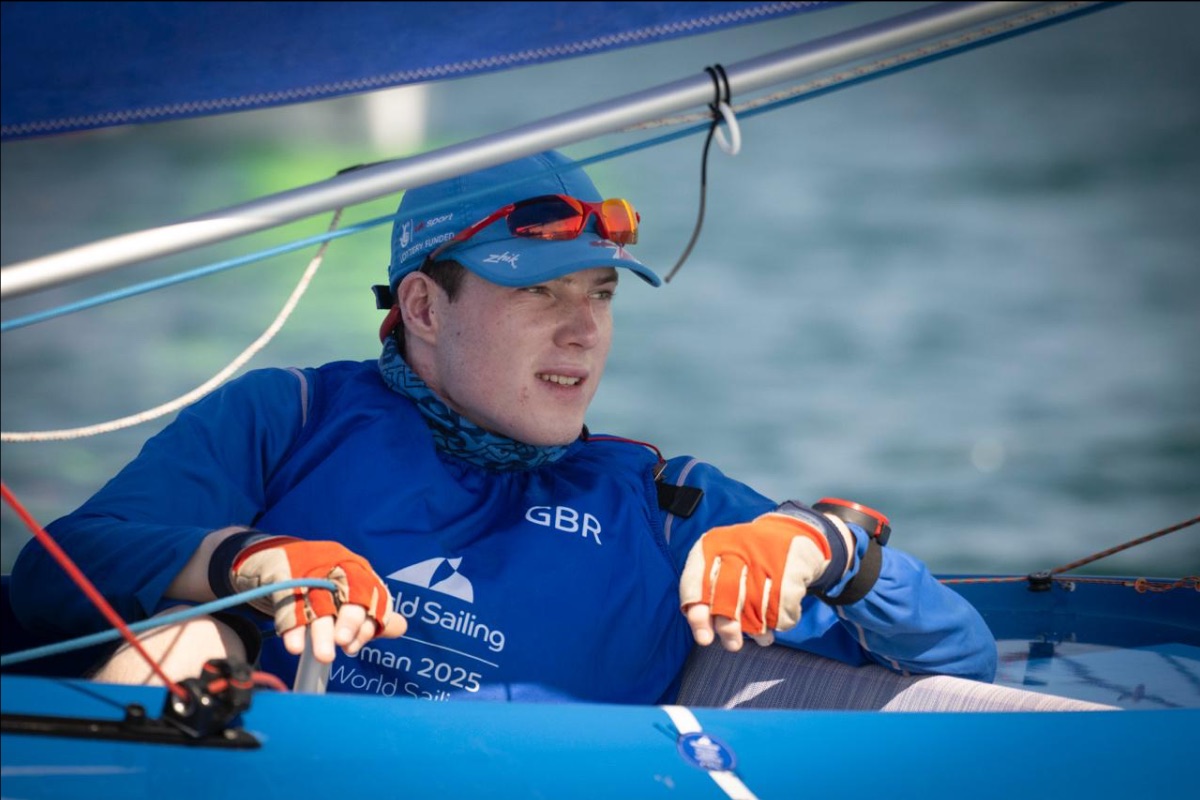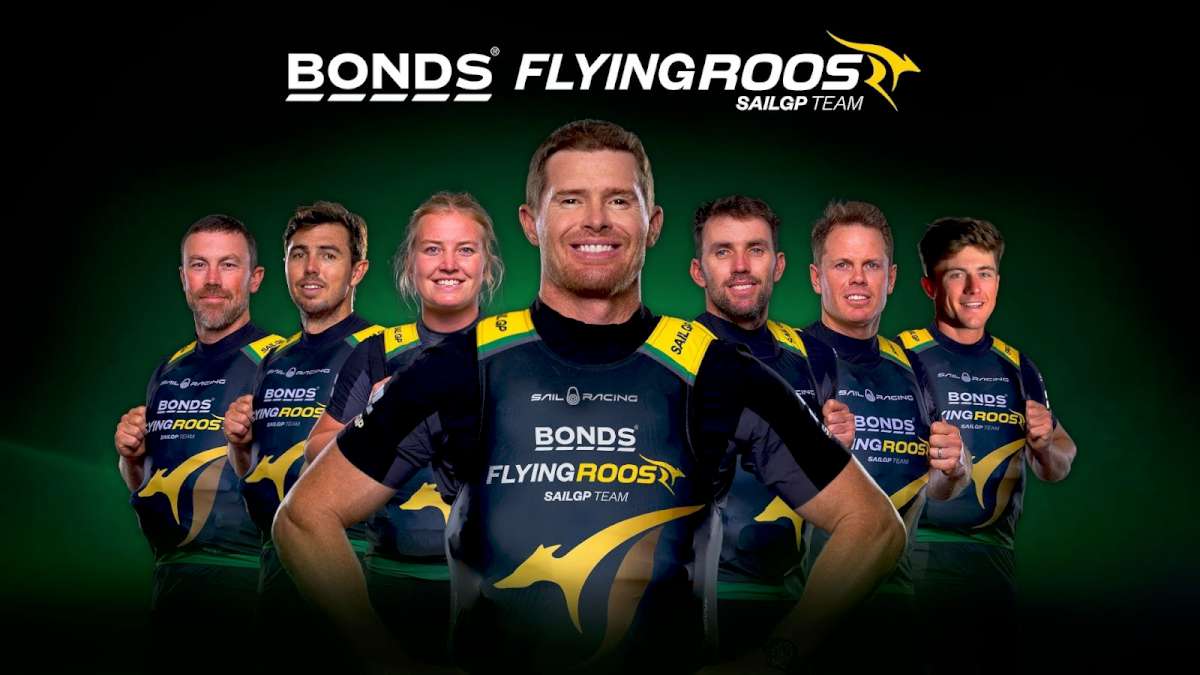Heading to the hotpots
The most popular cruising grounds for longer range trips lie in the northern Pacific and SE Asia, but the magnificent Kimberley's could also be included because of their remoteness. Our closest major cruising area is Papua New Guinea and, in particular, the Louisiade Archipelago. Some 550nm out of Townsville or Cairns, arriving there will make you feel like you've reached another world. There are no shops or chandleries, you need a passport and visa, and a lot of solid planning. Gaining the experience to make these further destinations is best gleaned from shorter trips. We all start off with small cruises of several weeks? duration. but we do not go very far and these forays don't require major planning. But reaching the more exotic destinations does.
Sailors from the southern states all have their favourite local cruising grounds for a week or two or end up heading north for a couple of months. We all seem to chase the warm weather which is what cruising is all about. But being able to anchor in a busy place with nearby shops, pubs and facilities becomes a bit tame after awhile for some of us and we seek more adventure, usually to more remote areas and sometimes over longer distances. Now, these sorts of trips require solid planning and much preparation.
The cream of the cruising area of the Louisiades is the Calvados Chain of islands. They are very remote and there is no infrastructure. There used to be a gold mine on the nearby island of Misima where a small town grew over the years and is still there. But the mine is closed and there is no progress. There used to be customs at Misima where you could clear in and out of the country, but it has now been removed and clearance is now 100 miles to the west on the little island of Samarai, quite close to the mainland. We have never had any trouble from the inhabitants of the Louisiades and they look forward each year to the arrival of yachts. The place is so far removed from our way of life that this in itself is an experience. The islands are beautiful, the water is crystal clear and you can see the bottom in 20m. Great for viewing coral, fish, diving, and also eyeball navigation. Visas are obtained from the PNG Consulate in Brisbane at a cost of $133 for the skipper and $35 for each crew member, and they are current for 60 days. You have to clear customs in Australia and clear in at Samarai. Quarantine at PNG costs K50 and on your return to Australia our Quarantine will cost you $160. Most services are available at both Samarai and Misima. Samarai is a small island just south of Alatou on the western tip of the PNG mainland. But there is little civilisation to interrupt the cruiser and between Samarai and Misima there are no shops or services.
So, you can appreciate where the planning is required. Most serious cruisers are equipped with an HF radio or travel in company with a yacht that has long-range communications. Each morning at 0800 hours there is a radio net on the east coast and out in the Pacific called the ?Sheila Net?. This is operated by cruisers for cruisers and can be found on 8161 MHz. On arrival in Queensland, you can hook into this net and get all the up-to-date information and find out what boats are making the journey and when. This way you can travel across with other boats if you wish. You will often find people on this net who have been to these places before and can tell you all the wrinkles that you need to know for a trip. Having been there five times, the information you received from those that went before can be invaluable. You need to do some careful planning because, if for instance the fridge breaks down, there is nowhere to get it fixed. Most boats travel across in August on the SE trade winds. It is roughly a five-day trip to Duchateau Islands which is the usual land fall. There are some very safe anchorages in this area should the weather turn nasty. The trip west to Samarai is relatively easy and downwind. Getting back east to the Calvados Chain is usually a motoring exercise. In your planning, you will need to include extra fuel drums and at least a third gas bottle. You can fill up both at Samarai but the supply at Misima is not regular.
Work on the assumption that all food is taken with you and anything procured along the way is a bonus. Some islands have richer soil than others and so have better gardens but rarely do they have extra for visitors. All meat should be vacuum-packed and do not take anything with bones in them as they do not keep and often cut the packaging. You will need a couple of water drums so you can collect a fresh supply from the islands. Departing from Cairns saves about 100nm to Samarai, but by leaving from Townsville you get a better wind angle and on the way home you don?t have to beat down from Cairns to Townsville. Whichever way you go, the arrival point is usually Duchateau Islands. Just a few miles from here is Panasia Island which is a very safe anchorage with rarely anyone living there. The people of the Calvados Chain are lovely and easy to get along with. They are honest and there is no violence. Take along some trade goods like new or secondhand clothes and wood-working tools. Vegetable seeds are a great gift. You need to keep in mind that these people are poor and have no government assistance. Fish hooks and line are always welcome. Each time we left, we cleared out the whole boat to give them. They usually have two meals a day and the only meat eaten is pork which tastes beautiful. But they only kill one on ceremonial days. Pigs are the single most valuable item they own. Very few yachties just make the one trip over there. Keep in mind that when returning to Australia you have to give customs and quarantine 96 hour?s notice of your likely time of arrival. A phone call from Samarai is the norm. I would recommend a trip to the Lousiades to every serious cruising skipper.






















